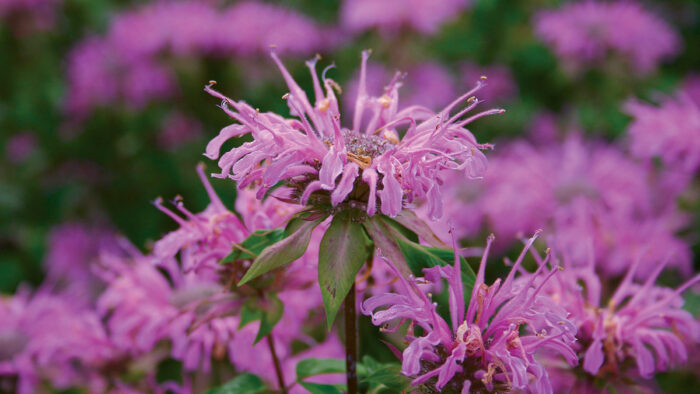
While we would all ideally have gardens that look at their peak in every season, the reality is often far from that ideal. Very few of us have all the time in the world to dedicate to our gardens, and the hard truth is the planning and work that goes into gardening means we often only get one season where we can sit back and enjoy the fruits of our labor.
As Executive Editor Danielle Sherry explains, “Winter is for planning. It’s when you really don’t want to be outside and when your time is better spent formulating the plan of attack to make your garden the best it can be. Spring is the working time period, when the bulk of your cleanup, planting, and projects get done. Fall is also a working period and is generally when you can revisit the things you didn’t get done in spring.”
After all of that prep and planning, you want to ensure your summer garden is at its prime when it’s finally too hot to toil. To help ensure your summer garden really shines, regional experts shared their favorite perennials for this peak season. Find picks for the Southern Plains below, and be sure to check out more fabulous summer selections in Peak-Season Combos.
1. ‘Primal Scream’ Daylily
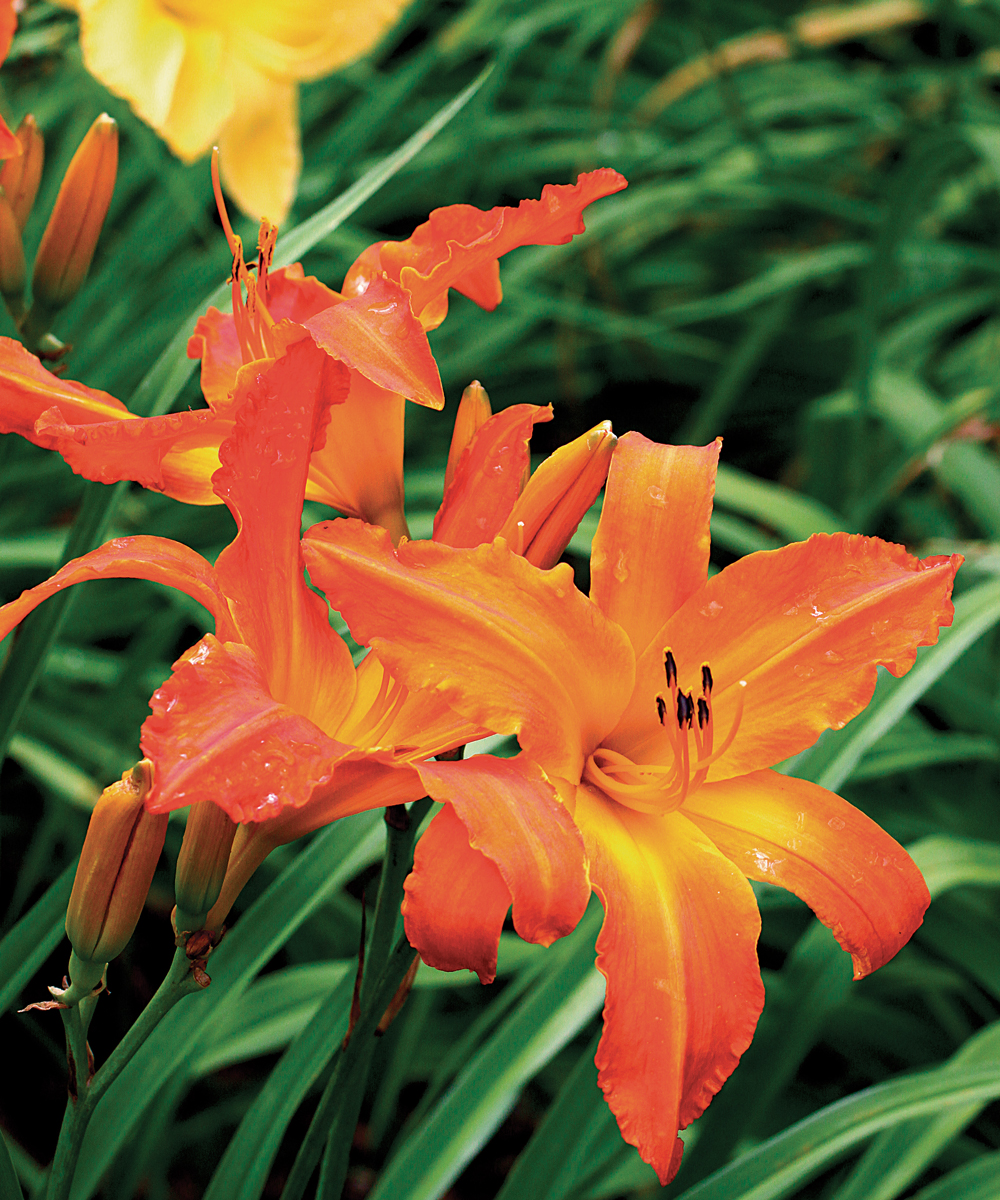
Name: Hemerocallis ‘Primal Scream’
Zones: 3–9
Size: 30 to 34 inches tall and 18 to 24 inches wide
Conditions: Full to partial shade; average to moist, well-drained soil
Native range: Asia
‘Primal Scream’ daylily is bold and vigorous, with stunning 8-inch blooms that scream for attention. The flowers emerge in late June into July, standing tall atop gracefully arching foliage. The bright orange petals are long and narrow, lightly ruffled, and recurved at the tip. This multiple award-winner is adaptable to a variety of soil types and holds up to high heat and humidity. The plant tolerates drought once established, but the foliage looks best with regular watering. This large daylily works well in the center of borders or planted in massive sweeps.
2. ‘Kudos Silver Blue’ Agastache
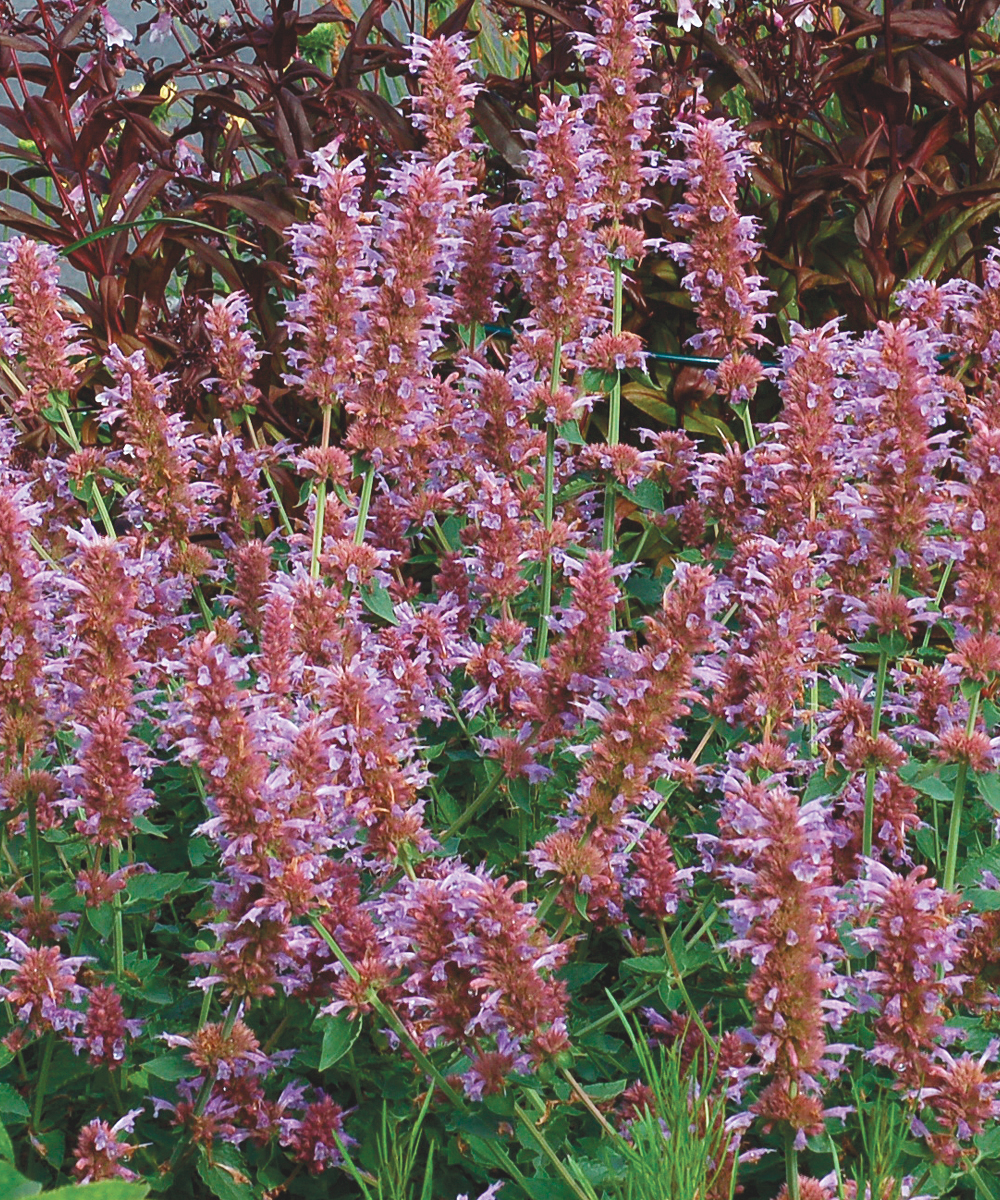
Name: Agastache ‘Kudos Silver Blue’
Zones: 5–10
Size: 18 to 24 inches tall and 24 inches wide
Conditions: Full sun; adapts to most well-drained soil types
Native range: North America, Asia
This pollinator magnet blooms in my garden from
June through the last days of autumn, attracting bees, butterflies, and hummingbirds (hence the sometimes-used common name of hummingbird mint). Densely packed spikes of violet-blue flowers stand atop compact mounds of fragrant foliage. The calyxes hold their color after the flowers fade, but deadheading will encourage continued bloom. The Kudos™ series was bred to combine heat and drought tolerance with improved performance in cold and moist situations, making these varieties quite versatile throughout the Southern Plains. ‘Kudos Silver Blue’ is deer resistant and perfect for water-wise gardens.
3. ‘Claire Grace’ Wild Bee Balm

Name: Monarda fistulosa ‘Claire Grace’
Zones: 3–9
Size: 3 to 4 feet tall and 2 to 3 feet wide
Conditions: Full sun to partial shade; dry to moist, well-drained soil
Native range: North America
Named for its fragrant foliage, which can be used in teas, wild bee balm is adored for its fabulous floral display. The tubular, pin cushion–like flowers bloom a dark lavender and cover the plants for three weeks or more, attracting an abundance of butterflies and hummingbirds. ‘Claire Grace’ is a naturally occurring selection with a sturdy habit, full foliage, and a resistance to powdery mildew (though good air circulation is still recommended). Tolerant of clay to dry, rocky soil; walnut trees; drought; and deer browsing, this plant is a problem solver in the landscape.
4. Butterfly Weed
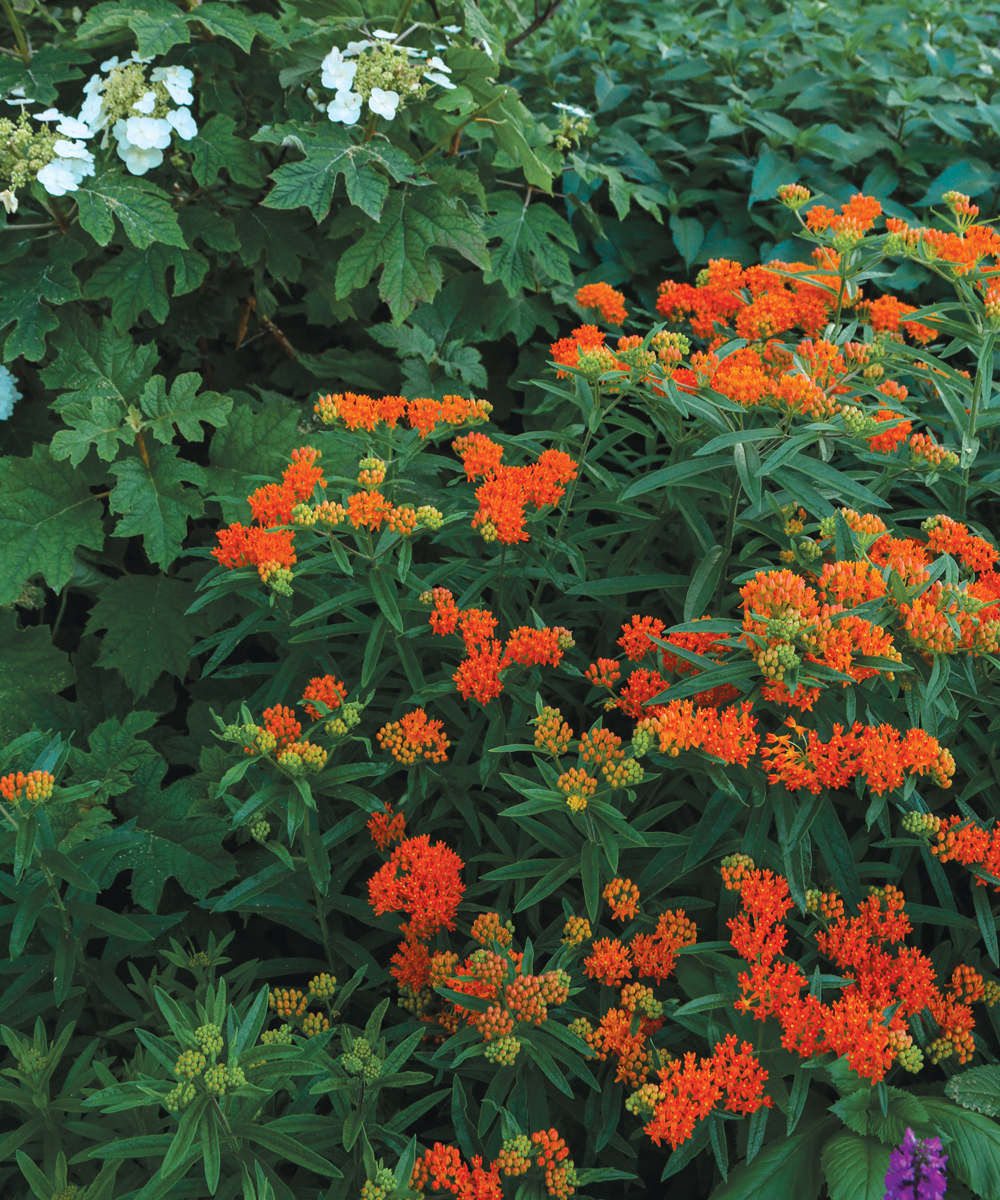
Name: Asclepias Tuberosa
Zones: 3–9
Size: 12 to 30 inches tall and 12 to 18 inches wide
Conditions: Full sun; dry to medium, well-drained soil
Native range: North America
This gorgeous native emerges late in spring but quickly blooms to color roadsides and grasslands with bright orange flowers in June and July. Famous as a host to monarch butterfly larvae, butterfly weed also hosts queen and gray hairstreak caterpillars, while its nectar-rich blooms feed dozens of other pollinator species. Bright yellow-orange aphids are inevitable. You can dislodge them with a heavy stream of water or leave them to the ladybugs. The plant is highly drought tolerant and thrives in dry, sandy to rocky soil, though I find that it tolerates my garden’s clay soil quite well.pollinators, which adore the blooms. It is tolerant of clay and rocky soil as long as there is good drainage. Water it regularly during prolonged dry weather for best flowering.
Kimberly Toscano is a garden designer and horticulturist from Stillwater, Oklahoma. She is also a regional reporter for FineGardening.com.
Fine Gardening Recommended Products

A.M. Leonard Deluxe Soil Knife & Leather Sheath Combo
Fine Gardening receives a commission for items purchased through links on this site, including Amazon Associates and other affiliate advertising programs.
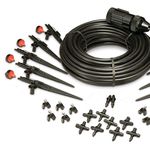
Rain Bird PATIOKIT Drip Irrigation Patio Watering Kit
Fine Gardening receives a commission for items purchased through links on this site, including Amazon Associates and other affiliate advertising programs.
- Provides drip irrigation for up to 6 planters
- Easy to assemble: just attach to faucet, cut tubing and connect watering devices
- Attaches easily to your outdoor faucet or hose

ARS Telescoping Long Reach Pruner
Fine Gardening receives a commission for items purchased through links on this site, including Amazon Associates and other affiliate advertising programs.





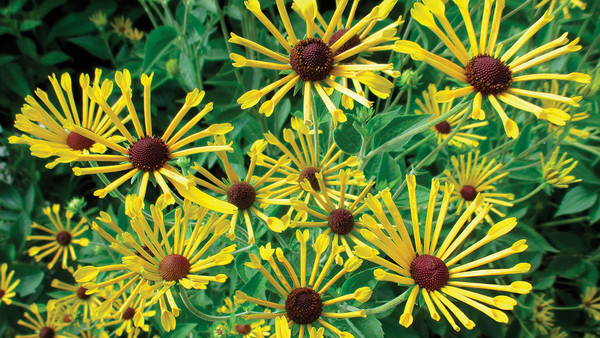













Comments
Log in or create an account to post a comment.
Sign up Log in